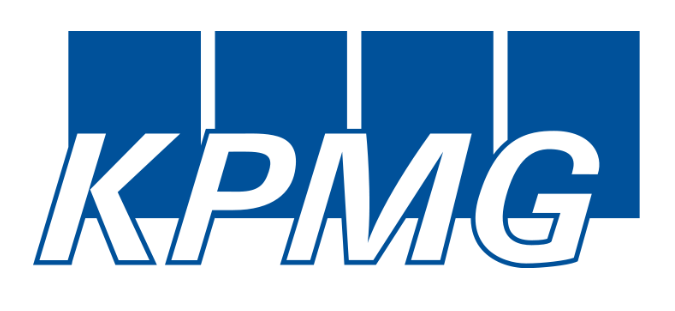The Scottish Licensed Trade Association today releases its third annual Xmas / New Year review, containing key insights on Scotland’s burgeoning food and drink sector.
Paul Waterson Chief Executive of the SLTA said ‘ our survey is an indicator of the key challenges facing the many small to medium sized businesses who trade within the wider hospitality sector, covering pubs, clubs and small hotel groups. Our survey is based upon quantitative research from 600 retailers covering the length and breadth of the country. After a reasonably positive summer, and strong growth in soft drinks and craft beer, 30% of outlets show Xmas growth, and a further 26% remain stable, but that still leaves 44% in decline, which is a concern.
We are also seeing rising costs from increased rateable values and the ever increasing cost of utilities. Over 60% of outlets are being hit with higher rateable values, with average increases of 14%, whilst over 70% are seeing increases in the cost of utilities. We also continue to see huge pressure for retailers serving rural and tourist locations with over 50% showing a decline over the festive period versus the prior year’’.
Waterson further added ‘many village pubs are integral to tourism and the community within rural areas, and the decline in this area is sadly likely to lead to further closures and wider impacts on tourism and employment.
The impact of recent drink driving legislation, plus rates increases and minimum wage legislation makes trading in these areas even more challenging for retailers. This is reflected in our survey, where retailers highlighted government legislation on drink driving and changes to rateable value as the biggest macro-economic challenges facing their businesses’.
The report also highlights that despite difficult trading conditions, retailers are still committed to training and investing in their staff. Waterson commented ‘we recently launched our own training app for young people entering the hospitality industry, and we are delighted that 85% of outlets are spending more or the same on training’’.
As retailers adapt to changing consumer tastes, the report highlights strong performances from Craft Beer with 76% of outlets showing growth or stability and similar for Soft Drinks at 75%.
The report is the third Xmas review from the SLTA, and provides key insights on food and drink performance, directly from front line retailers across city centre locations and rural locations.
Waterson added ‘ The SLTA has been the voice of the licensed trade in Scotland since 1880, and this report demonstrates our ambition for retailers to work with manufacturers and brand owners, by sharing the front line key insights which our retailers are uniquely able to provide to manufacturers and wholesalers.
Executive Summary
Retail Headlines
- For the 52 week calendar year, 28% of businesses were reporting an improved performance, versus 39% the previous year.
- For the Xmas / NY period, 30% of businesses showed a year on year increase, which is broadly comparable to the calendar performance, but there is a marked increase in the number of outlets reporting declines of 10% + over the festive period.
- Rising costs are a big concern.
- 62% of respondents who have received notification of changes in rateable value are getting an increase.
- 71% of outlets are seeing increases in the cost of utilities.
- Remote / Countryside Venues have under-performed the market with over 50% showing a decline at Xmas / NY, last year’s equivalent was 40% showing decline.
- Soft Drinks and Craft Beer outperform other drinks categories, with 75% of outlets growing or stable in soft drinks and 76% in craft beer, by comparison Spirits are at 63%.
- 52% of outlets report a decline in beer sales, but an opportunity may be there for 38% of outlets who don’t sell a craft beer.
Macro-Economic Challenges
- Government legislation is a key challenge facing businesses and the concern levels are rising from 56% in 2015 to 67% in 2016 to 73% in 2017.
- 85% of outlets know the results of changes to rateable value – for 62% it’s an increase.
- The average increase in rateable value is approximately 14% increase.
Outlook
64% of outlets expect to grow or remain stable in 2017, however in rural locations this decreases to 46%.
Investing in Training
In spite of tough trading conditions, there is a commitment to training – 85% of outlets have invested the same or more in training.


Comments (0)